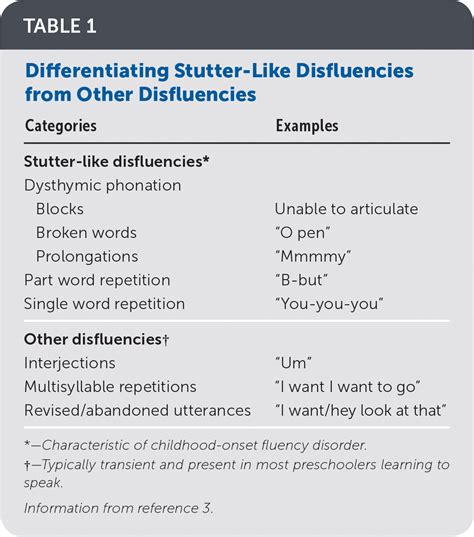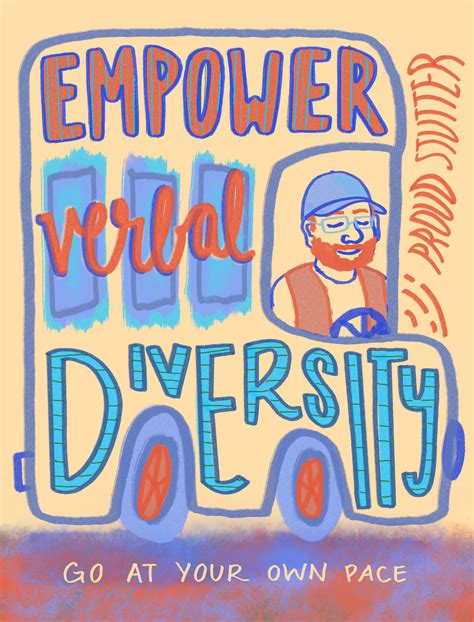Intro
Explore the complexities of stuttering and its classification as a disability. Learn about the effects of stuttering on daily life, employment, and social interactions. Understand the Americans with Disabilities Act (ADA) and Section 504 of the Rehabilitation Act, and how they impact stuttering accommodations. Discover the implications of stuttering as a disability and its impact on individuals.
Stuttering, also known as stammering, is a speech disorder that affects approximately 1% of the global population. It is characterized by the repetition or prolongation of sounds, syllables, or words, as well as interruptions or blockages in speech. While stuttering can be a source of frustration and anxiety for those who experience it, the question remains: is stuttering a disability?
The answer to this question is complex and multifaceted. To understand whether stuttering is a disability, we must first examine the definition of disability and how it relates to stuttering.
What is a Disability?
A disability is typically defined as a physical or mental impairment that substantially limits one or more major life activities. Major life activities include, but are not limited to, caring for oneself, performing manual tasks, seeing, hearing, eating, sleeping, walking, standing, lifting, bending, speaking, reading, writing, reasoning, and learning.
In the context of stuttering, the question becomes whether the speech disorder substantially limits one or more major life activities.

The Impact of Stuttering on Daily Life
Stuttering can have a significant impact on an individual's daily life, affecting their ability to communicate effectively and participate in various activities. Some common challenges faced by people who stutter include:
- Difficulty expressing themselves in social situations
- Avoiding certain words or situations that may trigger stuttering
- Feeling anxious or embarrassed about speaking
- Struggling to communicate in work or educational settings
- Experiencing feelings of frustration and low self-esteem
While stuttering can certainly present challenges, it is essential to recognize that many individuals who stutter are able to adapt and develop coping strategies to manage their speech.
Is Stuttering a Disability Under the Law?
In the United States, the Americans with Disabilities Act (ADA) defines disability as a physical or mental impairment that substantially limits one or more major life activities. Under this definition, stuttering can be considered a disability if it substantially limits an individual's ability to communicate or participate in other major life activities.
The ADA requires employers, educational institutions, and other entities to provide reasonable accommodations for individuals with disabilities, including those who stutter. Examples of reasonable accommodations for stuttering might include:
- Providing extra time to complete tasks or assignments
- Offering the use of a speech-generating device or other assistive technology
- Modifying communication strategies to reduce anxiety or stress
- Providing a note-taker or interpreter in educational settings
Benefits of Recognizing Stuttering as a Disability
Recognizing stuttering as a disability can have several benefits for individuals who stutter, including:
- Increased access to accommodations and support services
- Greater awareness and understanding of stuttering among the general public
- Reduced stigma and discrimination against individuals who stutter
- Improved opportunities for education and employment

Challenges and Controversies
While recognizing stuttering as a disability can have benefits, there are also challenges and controversies surrounding this issue. Some argue that stuttering is not a disability, but rather a difference in speech patterns. Others may feel that recognizing stuttering as a disability stigmatizes or pathologizes individuals who stutter.
It is essential to approach this topic with sensitivity and respect, acknowledging the diversity of experiences and perspectives among individuals who stutter.
Empowering Individuals Who Stutter
Ultimately, whether or not stuttering is considered a disability, it is essential to empower individuals who stutter to communicate effectively and participate fully in society. This can be achieved through:
- Providing access to speech therapy and other support services
- Promoting awareness and understanding of stuttering among the general public
- Encouraging inclusive and supportive environments in education and employment
- Recognizing and valuing the unique contributions and perspectives of individuals who stutter

Conclusion
In conclusion, the question of whether stuttering is a disability is complex and multifaceted. While stuttering can certainly present challenges and limitations, it is essential to recognize the diversity of experiences and perspectives among individuals who stutter.
By promoting awareness, understanding, and inclusion, we can create a more supportive and empowering environment for individuals who stutter.
Share your thoughts: Do you think stuttering should be recognized as a disability? Share your comments and experiences below.
Is stuttering a disability under the Americans with Disabilities Act (ADA)?
+Yes, stuttering can be considered a disability under the ADA if it substantially limits an individual's ability to communicate or participate in other major life activities.
What are some common challenges faced by individuals who stutter?
+Common challenges faced by individuals who stutter include difficulty expressing themselves in social situations, avoiding certain words or situations that may trigger stuttering, feeling anxious or embarrassed about speaking, and struggling to communicate in work or educational settings.
What are some reasonable accommodations for stuttering?
+Reasonable accommodations for stuttering might include providing extra time to complete tasks or assignments, offering the use of a speech-generating device or other assistive technology, modifying communication strategies to reduce anxiety or stress, and providing a note-taker or interpreter in educational settings.
